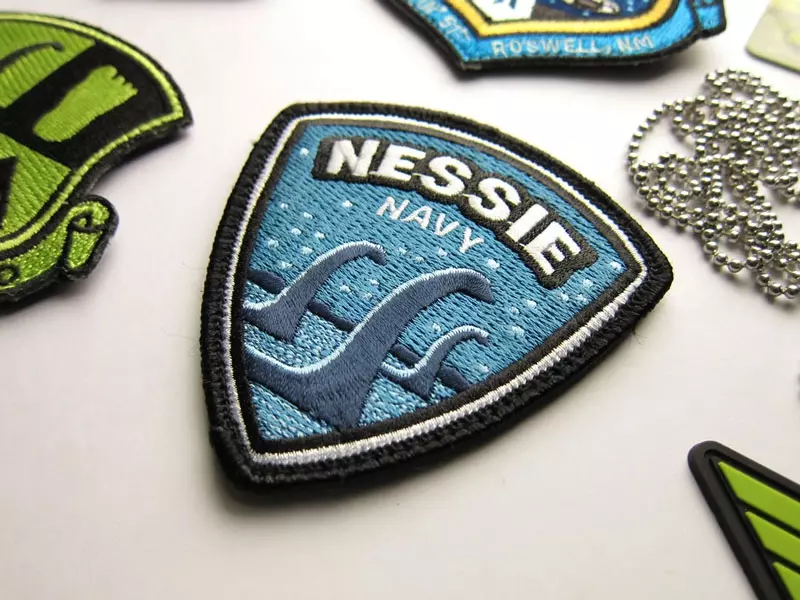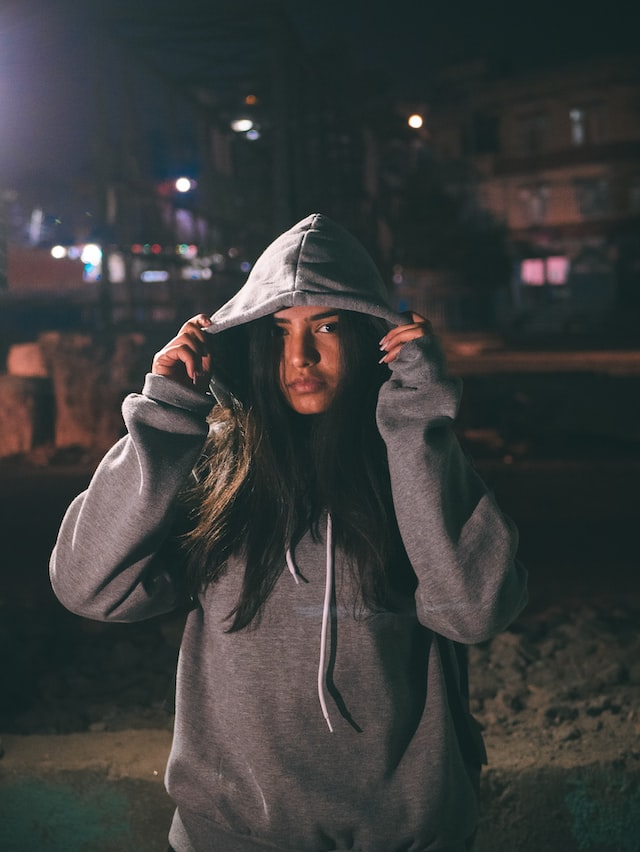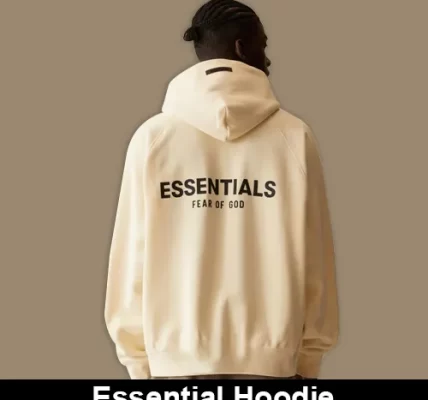Embroidered patches are a magical tool when it comes to adorning apparel for personal use or marketing your brand at a corporate level. People are more serious about cotton badges than ever! Due to the increasing popularity of patches, everyone is looking for the best ways to yield maximum goodness out of their customized creation.
However, despite the popularity, many manufacturers are unfamiliar with the nuances of this manufacturing cloth badges. That’s because we have very rare manufacturers who really know about this field inside and outside. To help our valuable audience, we have gathered 4 tips for designing embroidered patches from experts who have been playing in this sphere for over a decade.
Therefore, stay with us till the end of this article and let’s unravel the best tips.
Things You Need To Consider While Designing Embroidered Patches
Design Element
Whether you are designing embroidery patches for personal use, marketing purpose, or delivering them to a customer – the design element is important to choose. As per the purpose, pick a design element. For instance, if you are creating a company’s logo – consider its shape and size. See what fabric you’ll manufacture your patches on and what thread you prefer.
Design
For design, we have several aspects that need to be understood in order to embrace perfection:
- Strokes:
One thing you need to understand is that designs on paper and designs on the fabric are different. Artwork on paper is way easier to read as compared to fabric. Therefore, when considering turning your artwork into the fabric, try going for a thread of at least 0.4mm. Anything below this parameter will result in small lettering, making it impossible to read.
- Colours:
To make the artwork more interesting, go for a sparkingly bright colour contrast that can actually capture the attention. A combo of 3 colours is more than enough if you are picking the right shades or hues.
The manufacturers of embroidery patches UK offer up to 9 colour threads only because repetitive changes can easily cause thread breaking. Hence, when you come up with artwork, try your best to keep it as simple as possible. However, if you wish to go for more than nine colours, the thread quality is upgraded, and as a virtue, you are charged more by the service providers.
Besides, shading is a BIG NO while designing embroidered patches. That’s because colour blending is very easy and different on a digital medium. But the results can be very unpleasing when it is transformed into a cotton badge. Some manufacturers of embroidered patches might do it, but then keep a fortune ready to spend!
- Letter Sizing:
Lettering below 5mm shouldn’t be your priority. Repetitively to mention, designs on paper or screen printing can be 360 different from what you can achieve on embroidered patches. Bold, clear, and crisp text ensures you have a visually appealing cotton badge. Otherwise, letters below 5mm are bound to mesh together, resulting in poor outcomes. While adding lowercase letters, keeping their height 70% similar to uppercase letters is important. Moreover, simple fonts like Arial or Myriad are recommended for use.
Fabric
Not every fabric is an ideal choice to opt for when it comes to manufacturing a patch. The decision to pick a fabric depends upon the need or purpose. For example, if you are creating a patch for army personnel, they might go for Velcro patches UK – because they are easy to stick/remove. Velcro cotton badges serve excellent as name tags or to demonstrate positions.
Border
While designing your embroidered patch, you’d be required to decide on a border type as well. We usually have two border types, including Merrowed and Die-cut.
- Merrowed Borders: This type of border is ideal when you have a simpler shape like a square, circle, oval or rectangle. Merrowed edges are a bit raised and give a 3d impact around the shape. You can only use this kind of edge if your shape isn’t complex.
- Die-Cut Borders: Although die-cut can be wrapped around simpler shapes as well, they are more likely to be used on complex shapes. Die-but borders are basically thin or flat but nicely seal the edges.
Varying according to your design, you’ll need to pick one type of border to seal the edges.
Are Embroidered Patches Worth It?
Are embroidered patches worthy enough?
That’s the most common query searched today!
The shortest answer is – Yes; they are worthy enough. However, there’s no denying that history has repeated itself. Patches were used back then to hide a damaged part of the apparel or clothing. But latter, the use of cotton badges vanished but suddenly leapt out some years back. Since then, people have been challenging and making the best use of their creative potential.
Today, these fabric badges are used as an accessory to elevate the overall apparel look, represent a group, demonstrate unity, and much more. Not just these, but if you have something more artistic regarding embroidered cotton badges, share them with us!
But sadly, embroidery designing isn’t something very easy to do. You need creativity, experience and designing skills (all rolled in one) to do it all perfectly. Therefore, the best way to achieve perfect outcomes is to outsource this task to a professional designer who has been doing such tasks for years.
Parting It Short
Patches, also called old-school cotton badges, have reverted to the marketplace with great potential. Gone are the times when the use of cotton badges was actually limited. Marketers and creative heads have been breaking all the design barriers to reap maximum benefits from it.
To achieve professional results, follow our guide summarising the best 4 tips for designing embroidered e. All of them have been recommended by experts who have been a part of this field for years and years. They have witnessed the evolution of this marketplace and understand it fully.
We hope our article was helpful to you. Don’t forget to share your unique ideas regarding designing patches and their uses.
Till then, Hala Vista Guys!





